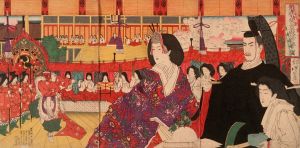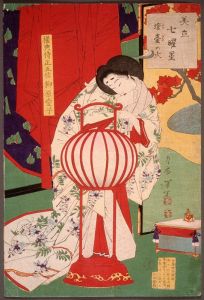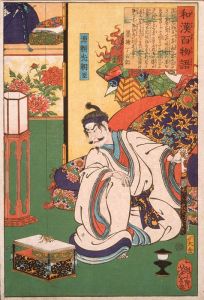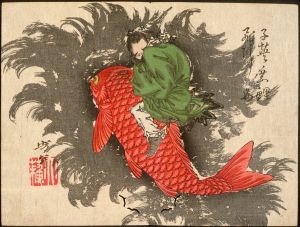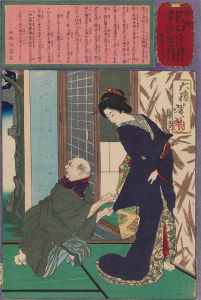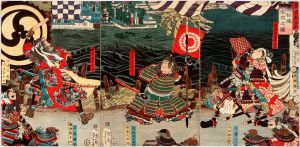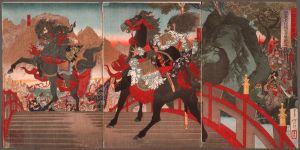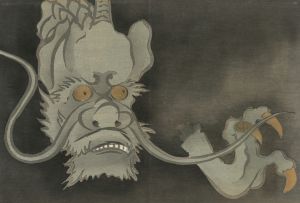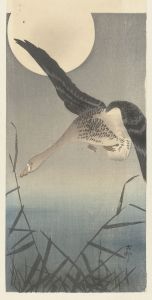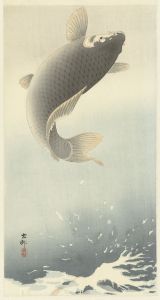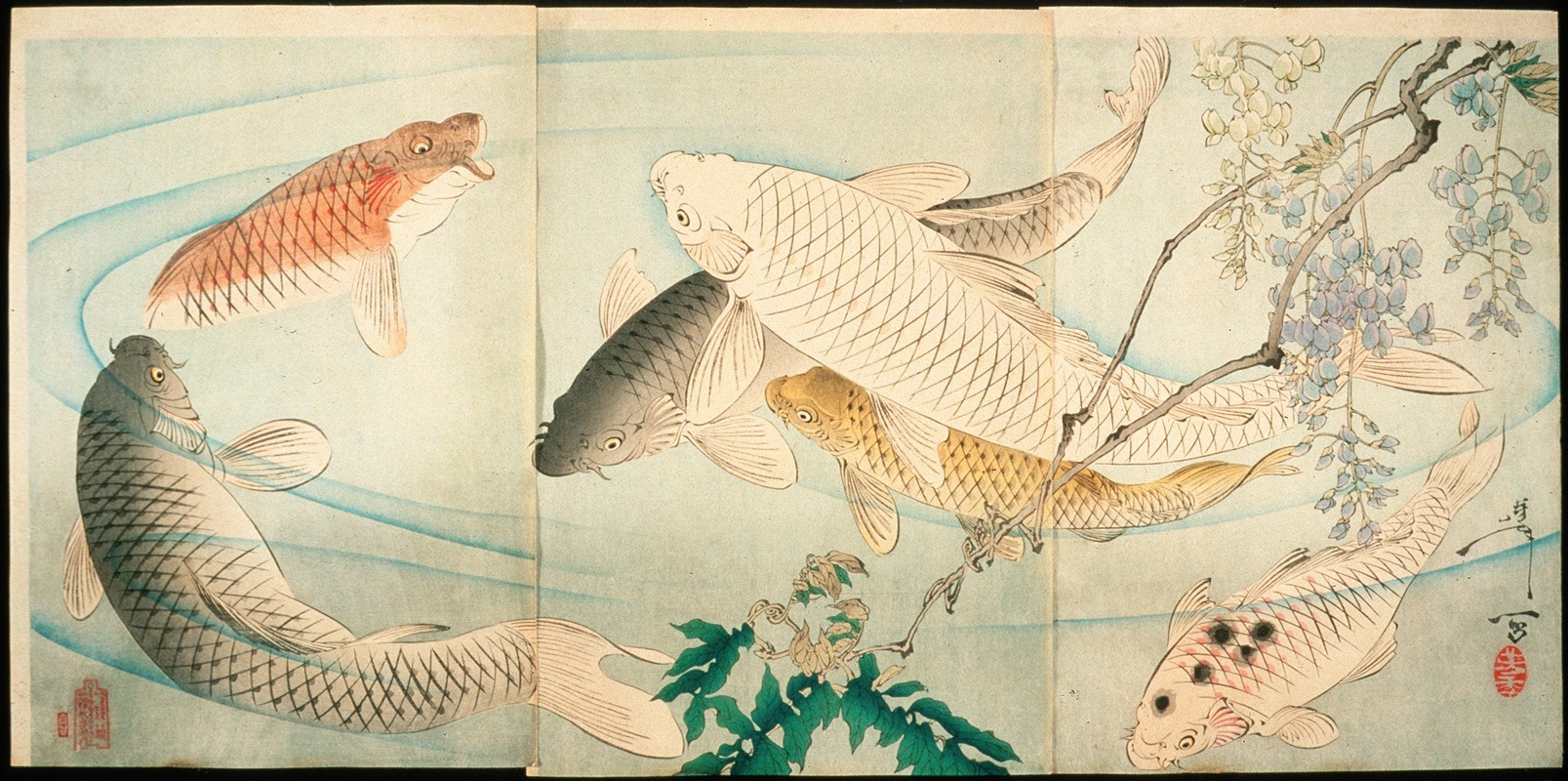
Carp with Wisteria
A hand-painted replica of Tsukioka Yoshitoshi’s masterpiece Carp with Wisteria, meticulously crafted by professional artists to capture the true essence of the original. Each piece is created with museum-quality canvas and rare mineral pigments, carefully painted by experienced artists with delicate brushstrokes and rich, layered colors to perfectly recreate the texture of the original artwork. Unlike machine-printed reproductions, this hand-painted version brings the painting to life, infused with the artist’s emotions and skill in every stroke. Whether for personal collection or home decoration, it instantly elevates the artistic atmosphere of any space.
Tsukioka Yoshitoshi (1839–1892) was a renowned Japanese ukiyo-e artist, celebrated for his innovative and dramatic woodblock prints during the late Edo and early Meiji periods. Among his extensive body of work, "Carp with Wisteria" is a notable example of his artistic skill and thematic focus. This print exemplifies Yoshitoshi's ability to combine natural elements with symbolic imagery, reflecting both traditional Japanese aesthetics and his own distinctive style.
"Carp with Wisteria" depicts a carp swimming beneath cascading wisteria flowers. The carp, a common motif in Japanese art, is often associated with perseverance, strength, and transformation, as it is said to swim upstream and, in Chinese and Japanese mythology, may transform into a dragon upon reaching the top of a waterfall. The wisteria, with its delicate and flowing blossoms, symbolizes elegance, grace, and fleeting beauty. Together, these elements create a harmonious composition that reflects the interconnectedness of nature and human values in Japanese culture.
Yoshitoshi's use of color and line in this work demonstrates his mastery of the ukiyo-e technique. The carp is rendered with dynamic curves and intricate scales, giving it a sense of movement and vitality. The wisteria flowers, in contrast, are soft and ethereal, cascading gently from above. This juxtaposition of strength and delicacy is a hallmark of Yoshitoshi's artistic approach. The print also showcases his skill in capturing texture and depth, which became increasingly refined in his later works.
"Carp with Wisteria" is part of Yoshitoshi's broader exploration of natural themes and symbolic imagery. While he is best known for his dramatic and often violent scenes, such as those in his series "One Hundred Aspects of the Moon" and "New Forms of Thirty-Six Ghosts," this print highlights his versatility and ability to convey tranquility and beauty. It reflects the influence of earlier ukiyo-e masters, such as Katsushika Hokusai and Utagawa Hiroshige, while also showcasing Yoshitoshi's unique vision.
The exact date of creation for "Carp with Wisteria" is not definitively documented, but it is consistent with Yoshitoshi's mature style, which flourished in the 1870s and 1880s. This period marked a time of transition in Japan, as the country modernized rapidly during the Meiji era. Yoshitoshi's work often bridged the traditional and the modern, preserving classical themes while experimenting with new techniques and perspectives.
Today, "Carp with Wisteria" is appreciated as a fine example of Yoshitoshi's artistry and his ability to convey profound meaning through simple yet evocative imagery. The print continues to be studied and admired for its technical excellence and cultural significance.






